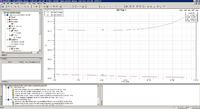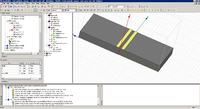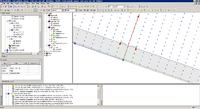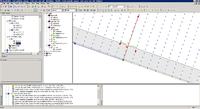elektr0
Full Member level 5
Hallo,
within my port_only_simulation (HFSS) of coupled microstrip lines (2 top strip conductors, bottom ground layer) the even mode impedance is smaller than the odd mode impedance.
Which gives negative k values. k=(Ze-Zo)/(Ze+Zo).
The waveguide port covers the full plane.
Any ideas ?
Thanks for your help.
elektr0
within my port_only_simulation (HFSS) of coupled microstrip lines (2 top strip conductors, bottom ground layer) the even mode impedance is smaller than the odd mode impedance.
Which gives negative k values. k=(Ze-Zo)/(Ze+Zo).
The waveguide port covers the full plane.
Any ideas ?
Thanks for your help.
elektr0



